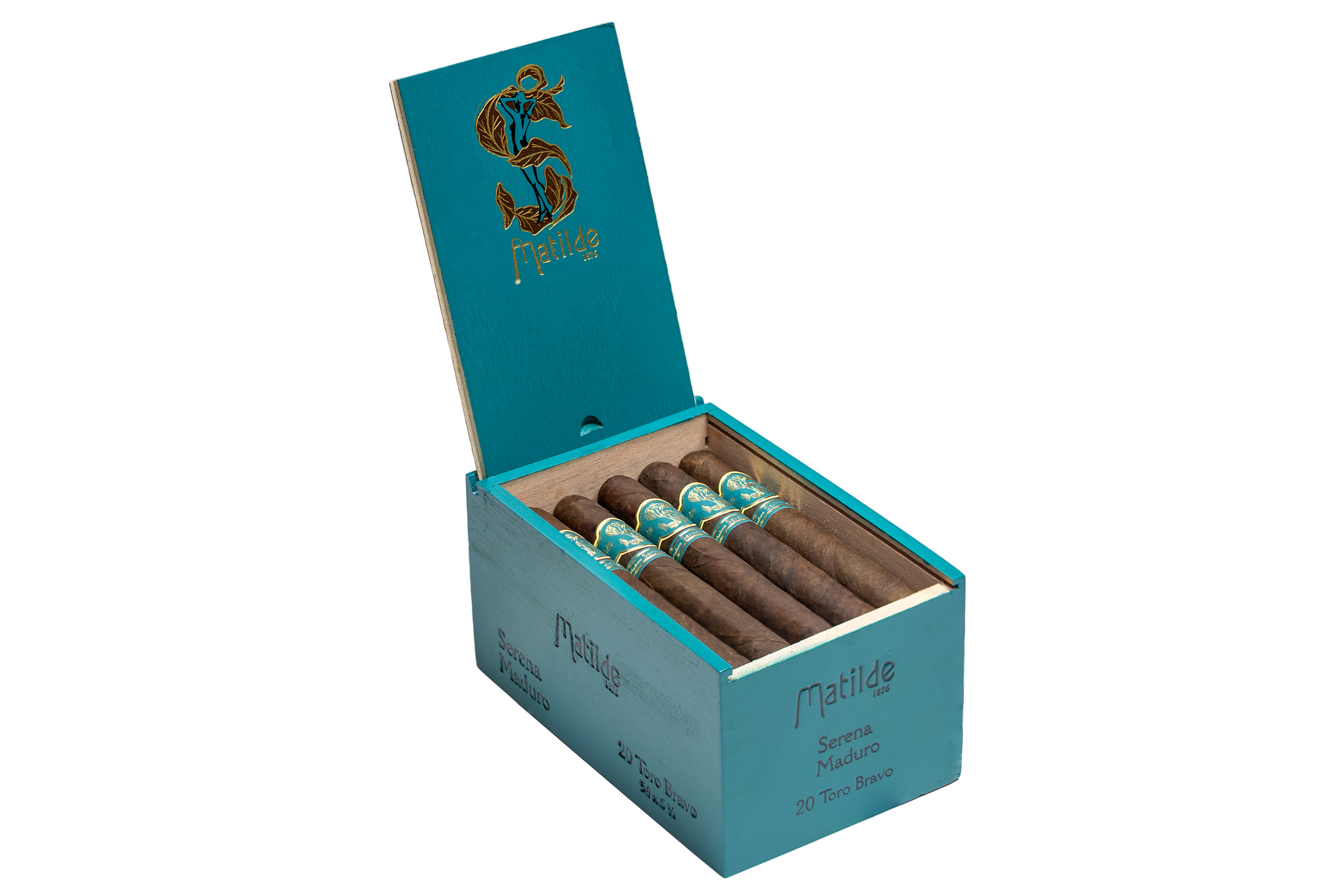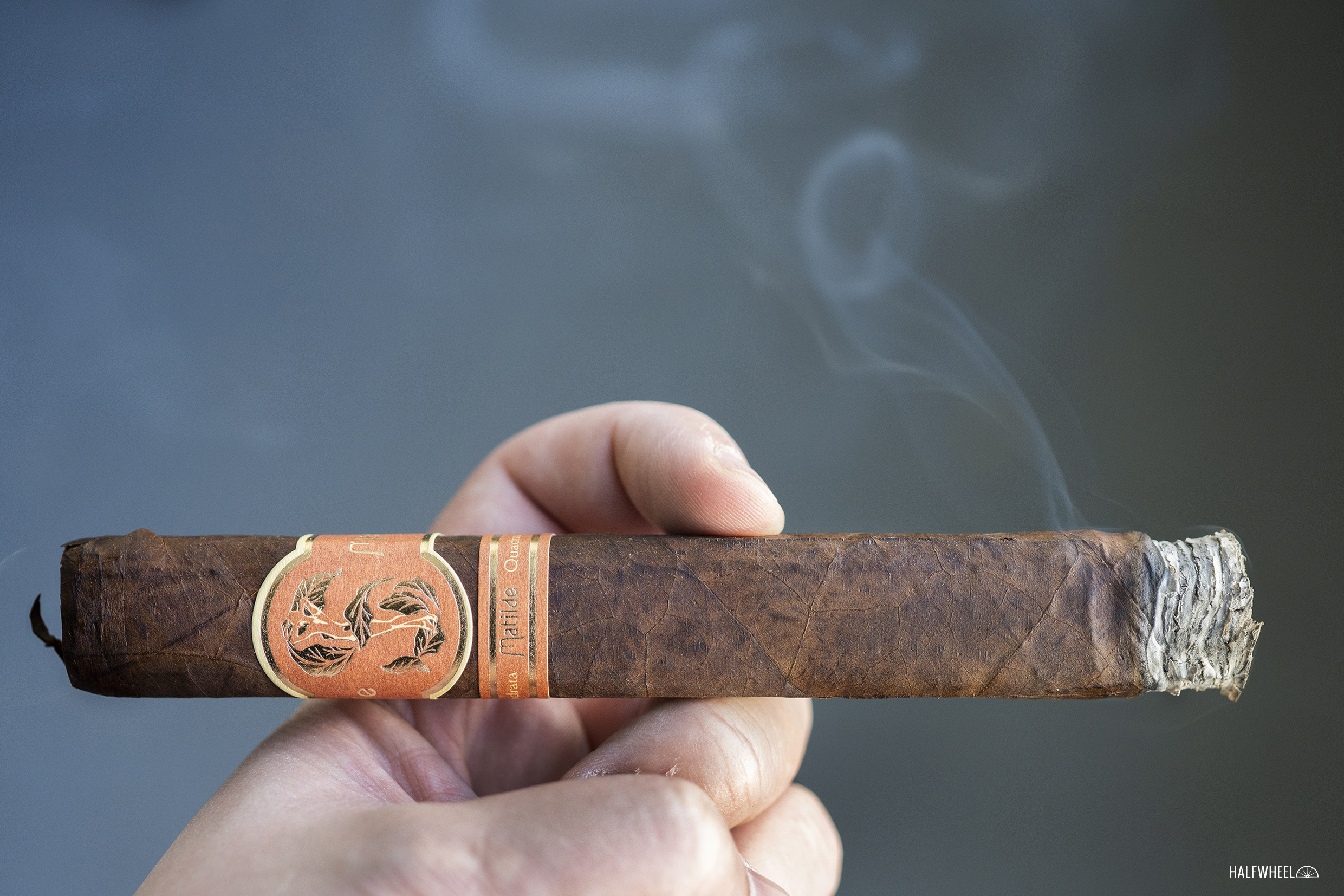For a stretch of time ranging from 2018-2021, there was not much to write about regarding Matilde Cigar Co. Outside of establishing a joint distribution with MLB Cigar Ventures and updating the packaging of its Renacer line, there’s nothing that shows up in the halfwheel’s archives. Most notably, there were no new products announced during that time.
In late 2020, Hostos Fernández Quesada opened up TABACALERA LA iSLA, a new factory in the Dominican Republic, which seemed to be the impetus for Matilde to release new blends. The first of those, Limited Exposure, arrived midway through 2021, and since then, there’s been a small in number but steady stream of new products from the company.
It’s important to note that LA iSLA is an independent factory with many clients, one of which is Matilde. Similarly, Matilde makes some of its cigars at other factories in the Dominican Republic. I bring that up because the cigar being reviewed here, the Matilde Serena Maduro Toro Bravo, is not made at LA iSLA.
Like the original Matilde Serena, the Matilde Maduro is made at Tabacalera Palma. Earlier this year, Matilde announced the new Serena Maduro, which uses a Mexican San Andrés maduro wrapper over a Dominican criollo 98 binder and fillers from the Dominican Republic and Nicaragua. It debuted in two sizes.
Note: The following shows the various Matilde Serena Maduro vitolas. Some of these cigars may have been released after this post was originally published. The list was last updated on May 27, 2023.
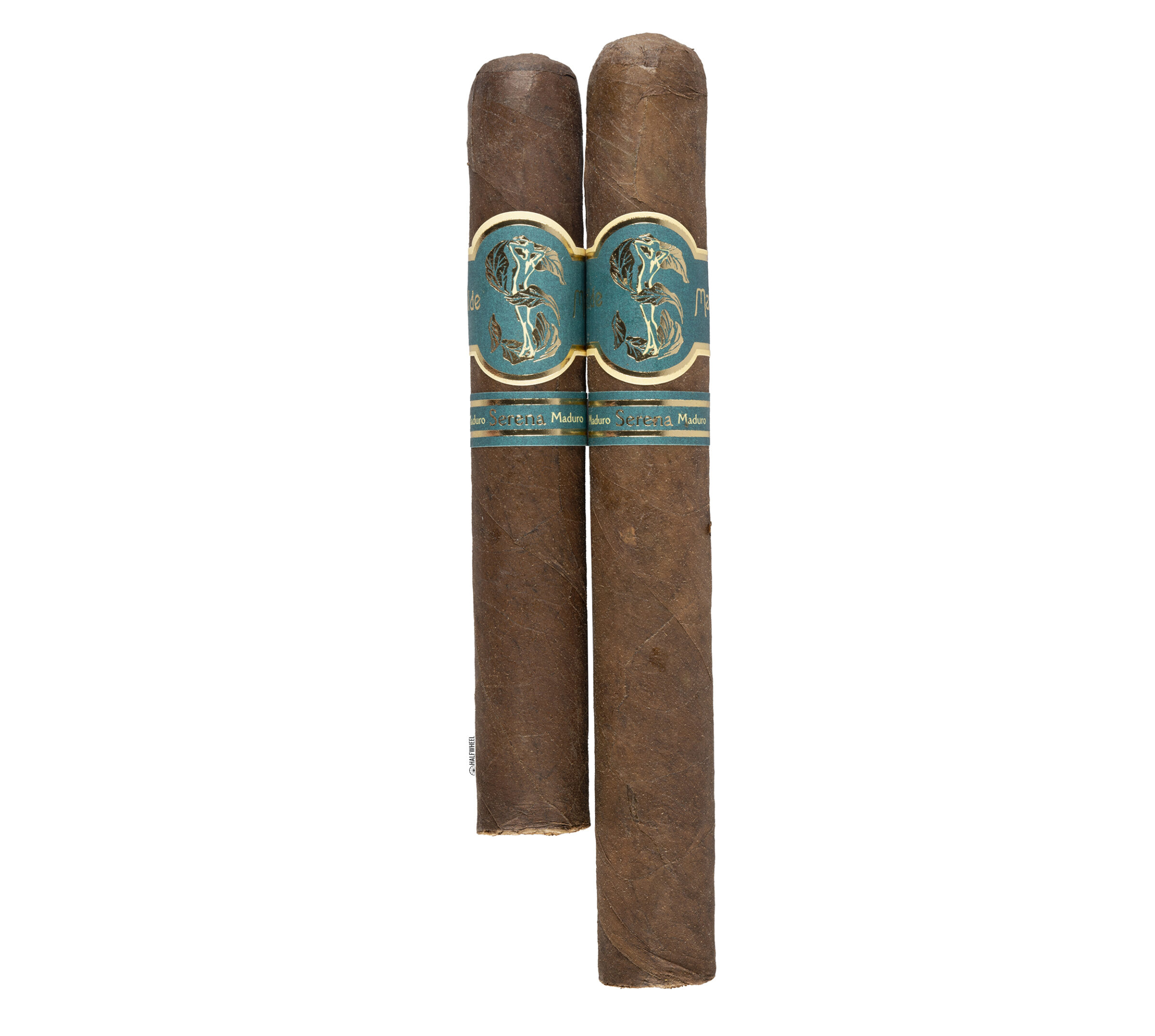
- Matilde Serena Maduro Robusto (5 1/4 x 50) — $8.50 (Box of 20, $170)
- Matilde Serena Maduro Toro Bravo (6 1/2 x 54) — $9 (Box of 20, $180)
86
Overall Score
The Matilde Serena Maduro Toro Bravo is not bad, but I didn’t enjoy it as much as the score would indicate. While my reviews typically do not focus on the foundational tobacco flavors, when that part is not present, the void it leaves is very noticeable. Most of the time, it felt like there should have been more. Not necessarily more flavors, but there was a lack of any flavor at too many points. While I don’t think this was reflected in how the cigars were scored, this void is made worse given that the size of the cigar and the amount of time that it takes to smoke. Outside of the one cigar that needed a relight, I rarely was bothered by anything the cigar gave me, but I am left wanting more.

- Cigar Reviewed: Matilde Serena Maduro Toro Bravo
- Country of Origin: Dominican Republic
- Factory: Tabacalera Palma
- Wrapper: Mexico (San Andrés)
- Binder: Dominican Republic (Criollo 98)
- Filler: Dominican Republic & Nicaragua
- Length: 6 1/2 Inches
- Ring Gauge: 54
- Vitola: Toro Extra
- MSRP: $9 (Box of 20, $180)
- Release Date: February 2023
- Number of Cigars Released: Regular Production
- Number of Cigars Smoked For Review: 3
Even if the original Matilde Serena didn’t have a very light wrapper, I think you’d be able to pick out the maduro version as it is slightly darker than what I’d consider the median wrapper color. If that method doesn’t work, the secondary band says Maduro on the side. While the wrapper might not be the darkest of a cigar that is called maduro, it does feature plenty of oil and is rolled quite well. The cigars come in cellophane, though when I go to smell the first cigar, I’m reminded of cardboard. That smell is present on the second cigar, but acorns and fall leaves are stronger. The third cigar has no cardboard aromas, rather there is earthiness and some salt smells. The wrappers’ aromas are generally medium, maybe a tick stronger, though certainly not the medium-full intensity of the foot. Sweet plums consistently lead the aromas from the bottom of the cigars. Secondary notes include earthiness, milk chocolate, hay and ammonia. I do not find the cold draws to be all that interesting as a medium-full generic tobacco flavor leads some earthiness. Underneath, I can find mild floral and citrus flavors, but I really have to go looking for those flavors.
Leather, mineral earthiness and pretzels lead a smooth opening first before toastiness, damp earth and some pasta water enter the fray as secondary notes. It’s medium-plus and the flavors don’t stick around for all that long. I spend quite a bit of time trying to figure out whether it’s that the flavors disappear quicker or something else. I settle on the idea that the profile is hollow or top-heavy, more on that in the Final Notes. The first third is dominated by a generic woody flavor that has some milder accents, including bread, pepper, saltiness and creaminess. My notes consistently use the word “mild” as a modifier for all the secondary flavors. The finish continues to have woodiness, and while earthiness and leather are slightly closer intensity-wise, both are still quite far away. After more than 10 seconds, I find some mild pepper. Retrohales have sawdust, hay and saltiness. None of these flavors are as strong as the woodiness, but they are a welcome change given what’s otherwise happening. The finish reminds me of heavy cream, joined by leather and woodiness. Flavor is medium-full, body is medium and strength is medium. Construction on all three cigars is excellent during the first third.
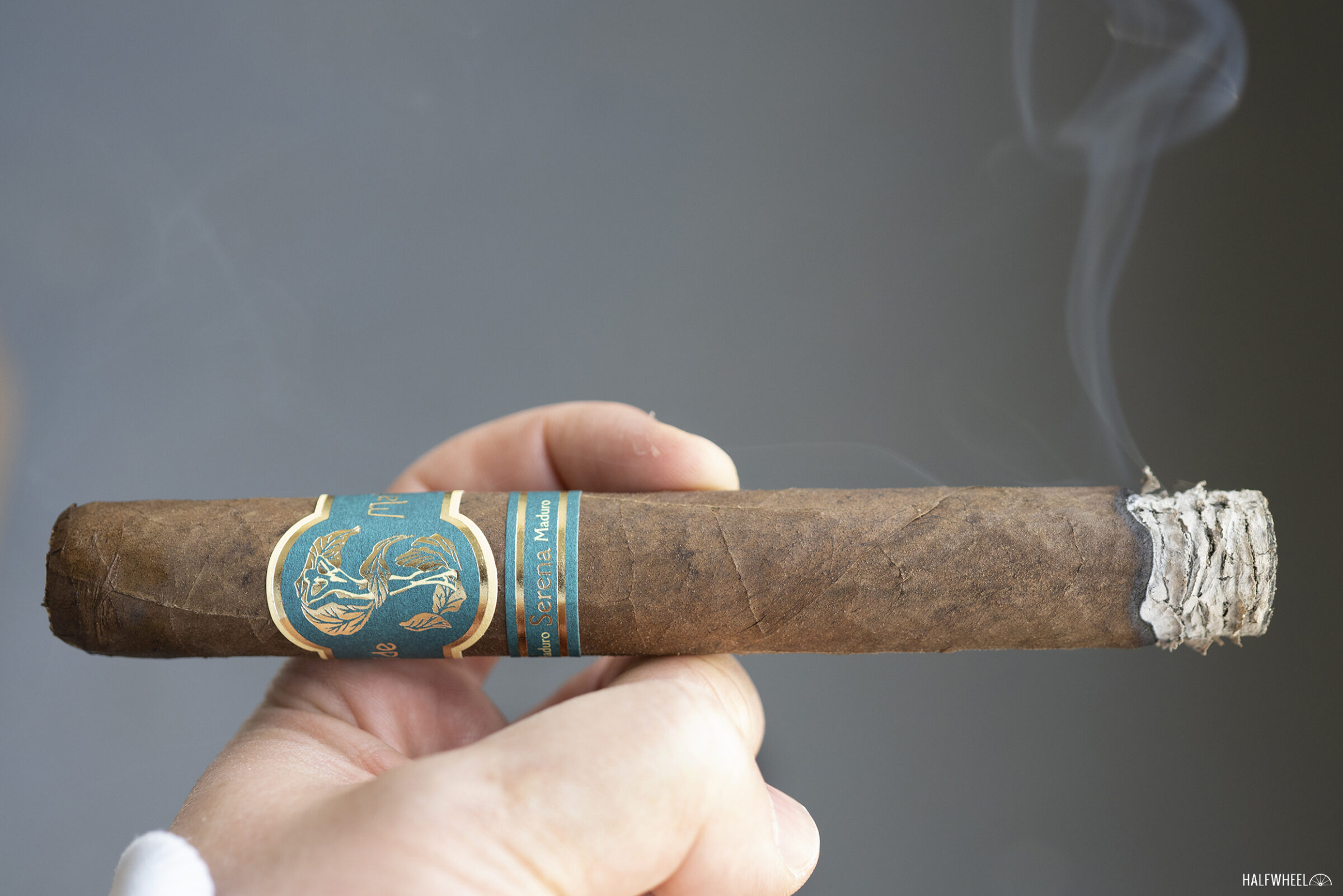
One cigar continues the hollow approach to flavors, though it’s no longer dominated by woodiness. Instead, lots of dry earthiness and dry fall leaves take over. For the five or so seconds I can taste them, the flavors are smooth and rich, but there’s so little immediately behind them—I find very mild nutty, pretzel and harshness—it’s a bit awkward. The other two cigars are a step closer to how I find most cigars to present flavors, though it’s still easy to tell that something is missing. Earthiness and dry fall leaves lead milder flavors of potato crisps, pepper and saltiness, though the gap in flavor intensities remains very large. The finish has white pepper or dry earthiness leading leather, bread, saltiness and a touch of vegetal flavors. Retrohales have leather, creaminess, bread flavors and some underlying citrus. The citrus and bread stick around for the finish, eventually joined by a mild pepper irritation. Again, the flavor is medium-full and incredibly smooth, body is medium-full and strength is medium-plus. Two cigars have burn issues in the second third, though only one of the cigars needs a correction from the lighter.
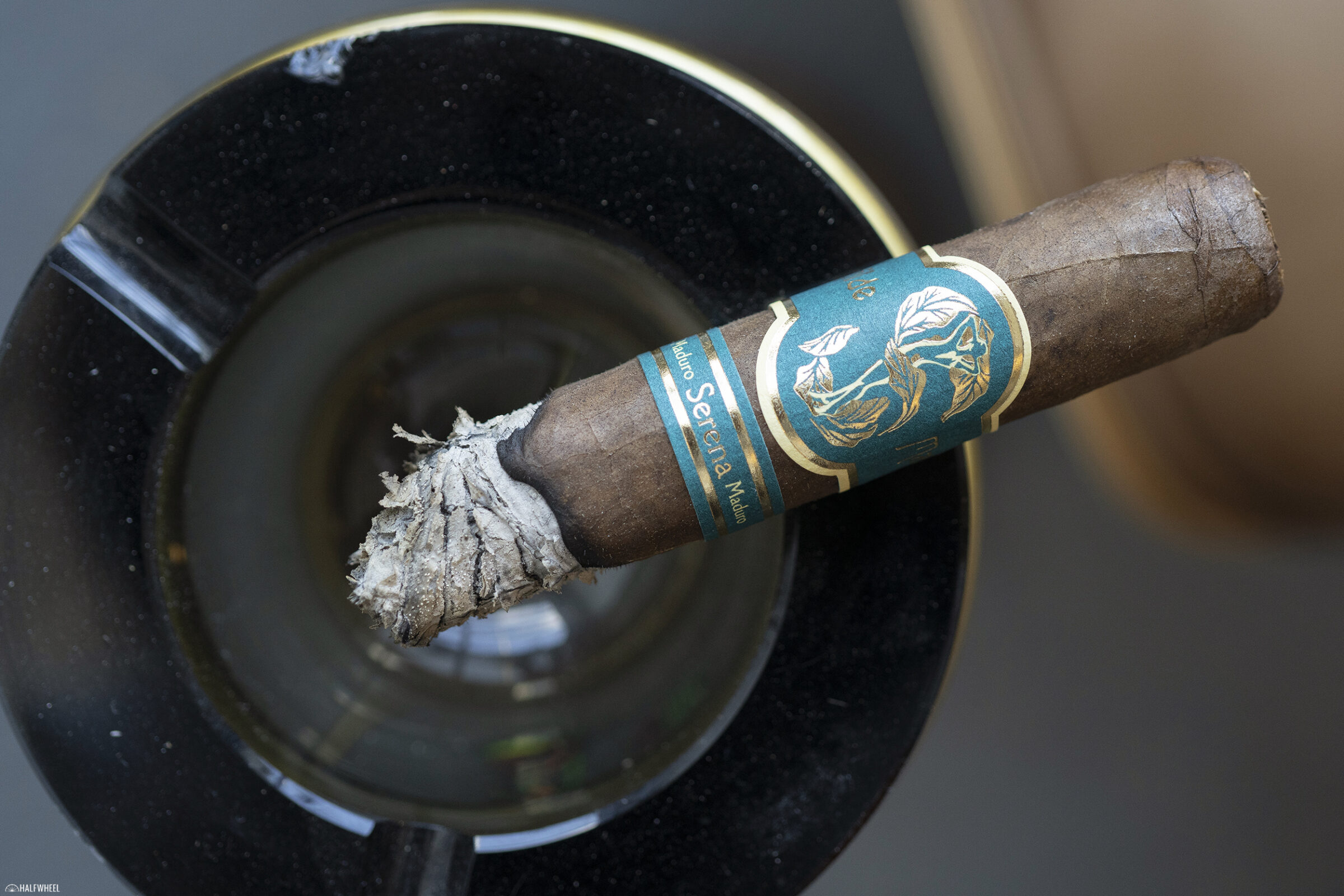
The final third of the Matilde Serena Maduro Toro Bravo has earthiness, no longer as mineral-forward as before, along with an increased pink salt flavor. Leather and other woody sensations are distant secondary notes. One cigar goes completely out and needs a full relight, creating a profile that is harsher with some charred woodiness. The finish sees the mineral characteristics of the earthiness come back, joined by hay and leather. Retrohales are quite similar to the second third: unsweet floral flavors and sourdough bread, though now a touch chalky and with some added white pepper. The finish has a light white wine flavor, I’d say slightly sweet but too generic for my untrained wine palate to tell you a grape varietal, leading white pepper. Black pepper sensations build at the top of my mouth and after 10 seconds, the black pepper flavors and residual mineral flavors become the strongest parts of the aftertaste. Flavor is full, body is medium-full and strength is medium-full. Beyond the cigar that needs a full relight, one other cigar needs a touch-up to help with smoke production.
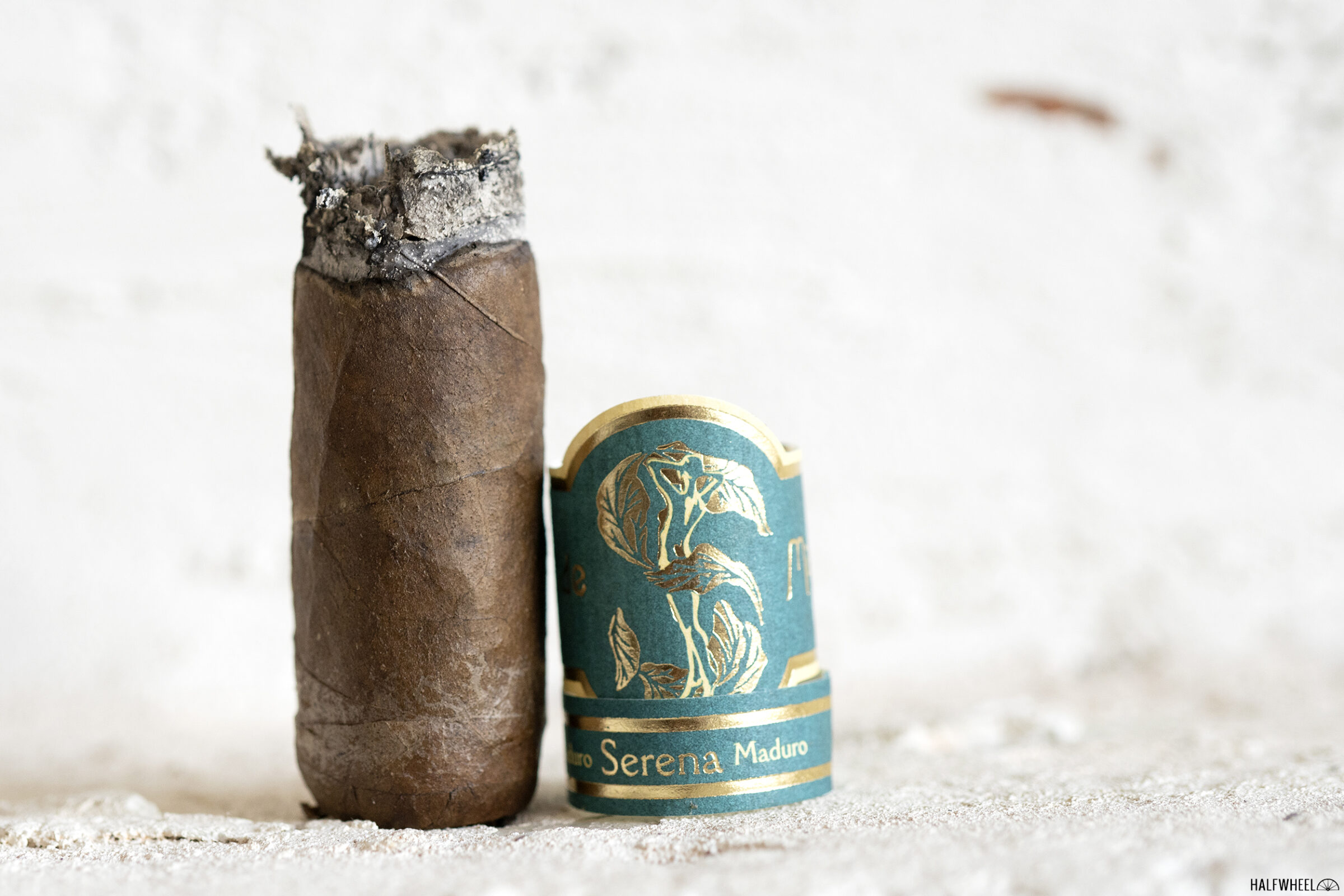
Final Notes
- If I were to break down the where and when of the types of flavors I find while reviewing cigars, it would likely be in three categories. This is how I currently see things, but, most importantly, it is not how I’ve always understood things.
- Novel Flavors — These are the flavors you see used for reviews here at halfwheel, i.e. wood, creaminess or fatty tuna. These are sensations more than they are flavors. It’s pretty rare to have a cigar taste identical to what I would literally taste if I tried chewing on a piece of Spanish cedar. A lot of times, this can be tasting things that are more reminiscent of the smell of something else. I find these flavors tend to be more intense, i.e. stronger, than the other two types of flavors listed here, but they usually don’t last as long time-wise.
- Foundational Tobacco Flavors — It would be incredibly boring if we just said that a cigar tasted like burning cigar tobacco, but truth be told, they do taste like burning cigar tobacco. There’s typically a core taste—sometimes more intense than the novel flavors, other times less intense—of tobacco and other flavors or sensations that can be attached to or buried inside of the tobacco flavor. A lot of the time, but not always, this is what I’ll list as secondary flavors.
- Aftertaste — There’s oftentimes a difference between what I’m tasting when the smoke is in my mouth or nasal passage versus when it’s leaving versus after 10+ seconds after the smoke has left. The latter will typically get listed as the finish.
- I consistently found the Matilde Serena Maduro Toro Bravo to struggle with the second category, foundational tobacco flavors. Sometimes, this was because I couldn’t tell the difference between the first two categories. However, in the first third, it seemed like the cigar just skipped that category altogether. I would pick up intense wood flavors, but there wouldn’t be anything else until the aftertaste began to set in. It created an overall experience that I think many would describe as “hollow.” I think it’s more nuanced than just “hollow,” but that’s not a misleading description, maybe just an incomplete one. There were times in which I’d take a puff and 15 seconds later not taste much tobacco flavor beyond whatever residual flavor had been built up.
- The flavor isn’t all bad; in fact, what was present tends to be good. The cigar was remarkably smooth and the limited number of main flavors I find are more detailed than the median cigar.
- It’s not a regular occurrence to see a $9 toro-size cigar from a smaller company. Credit to Matilde for keeping its prices on the affordable side of things.
- Blend-wise, the original Serena uses an Ecuadorian Connecticut wrapper and a Dominican olor binder. It too is made at Tabacalera Palma.
- Shipping alongside the Serena Maduro was the Limited Exposure No. 2 Lonsdale and Robusto.
- Enrique Seijas, the owner of Matilde, has hinted that there will be more lines to get extensions, saying, “Serena is the first of our core lines to get an extension, but it won’t be the last.”
- Cigars for this review were purchased by halfwheel.
- Final smoking time was right around two and a half hours.
- Site sponsors Atlantic Cigar Co. and Famous Smoke Shop carry the Matilde Serena Maduro Toro Bravo.
86
Overall Score
The Matilde Serena Maduro Toro Bravo is not bad, but I didn’t enjoy it as much as the score would indicate. While my reviews typically do not focus on the foundational tobacco flavors, when that part is not present, the void it leaves is very noticeable. Most of the time, it felt like there should have been more. Not necessarily more flavors, but there was a lack of any flavor at too many points. While I don’t think this was reflected in how the cigars were scored, this void is made worse given that the size of the cigar and the amount of time that it takes to smoke. Outside of the one cigar that needed a relight, I rarely was bothered by anything the cigar gave me, but I am left wanting more.
I am an editor and co-founder of halfwheel.com/Rueda Media, LLC. I previously co-founded and published TheCigarFeed, one of the two predecessors of halfwheel. I have written about the cigar industry for more than a decade, covering everything from product launches to regulation to M&A. In addition, I handle a lot of the behind-the-scenes stuff here at halfwheel. I enjoy playing tennis, watching boxing, falling asleep to the Le Mans 24, wearing sweatshirts year-round and eating gyros. echte liebe.






